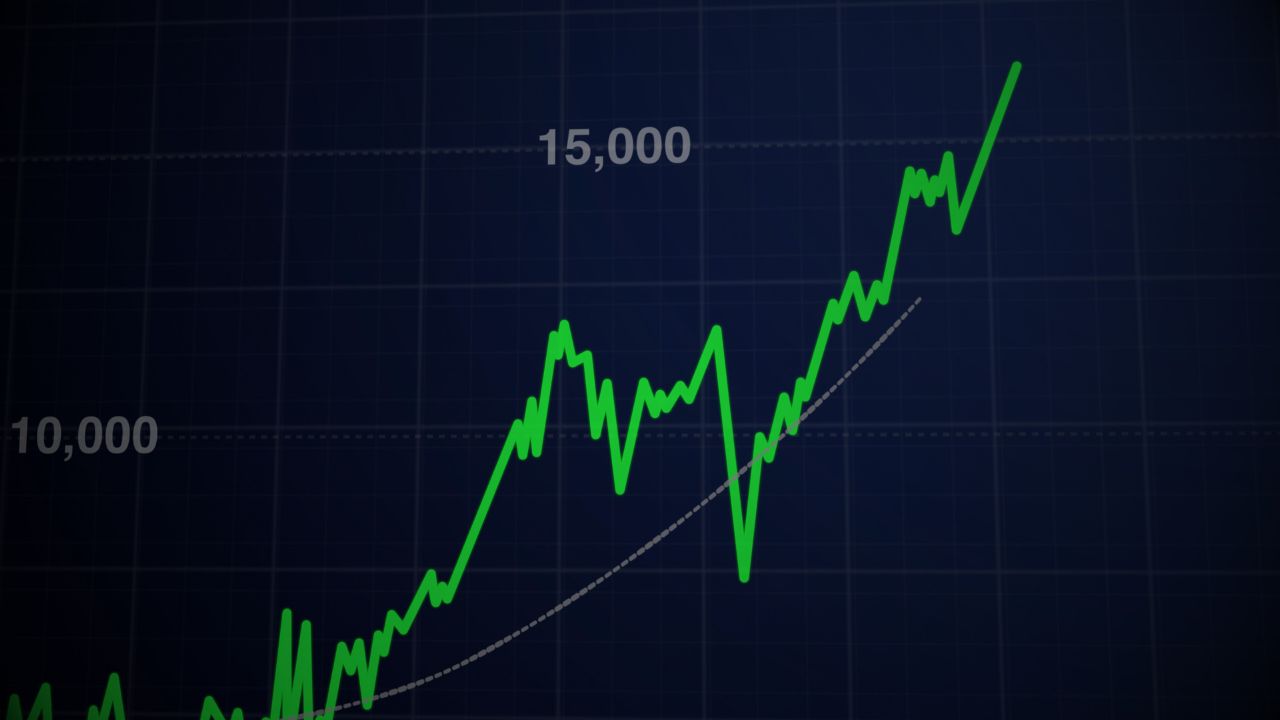A Protective Put, sometimes called “stock insurance,” is an options strategy used to protect against a potential downturn in the market. Instead of simply owning shares of stock, the trader also purchases a put option.
This allows them to remain bullish on the underlying stock, while simultaneously hedging against downside risk.
What Is a Protective Put?
A Protective Put is a simple strategy where an investor buys a put option to protect a position they already own. This is particularly useful if they believe the stock’s price might fall in the near term but still wants to hold onto the stock for the long haul due to its potential future appreciation.
The cost of the put option is like paying an insurance premium. If the stock price falls below the put’s strike price, you can sell your shares at the higher strike price, thereby minimizing your losses. If the stock price rises or remains the same, the only cost to you is the premium you paid for the put.
Breaking it down step by step:
- Owning the Underlying Asset: Before purchasing a put, you should own the underlying asset. This could be stocks, commodities, or other financial instruments. This can be a stock that you’ve held for some time or one you’ve just purchased.
- Buying a Put Option: This option gives you the right to sell your asset at a specified price (the strike price). If the market price of your asset drops below this strike price, you can still sell it at the higher strike price, thereby limiting your losses.

Potential Risks and Rewards
Like everything, the protective put has both benefits and drawbacks. The primary advantage is the assurance it provides. No matter how far the asset’s price might fall, you have a predetermined minimum selling price.
However, there are costs involved. The premium you pay for the put option can reduce your overall returns, especially if the asset’s price remains steady or increases.
- Profit: Gains can come from the appreciation of the underlying asset, offset by the cost of the put option.
- Loss: The main potential loss is the cost of the put, especially if the asset’s price remains steady or rises. If the asset’s price drops, the protective put limits the loss to the difference between the asset’s purchase price and the put’s strike price, plus the premium paid.
Real-Life Examples
To see how it works in practice, let’s go through a few real-life examples and potential outcomes:
Example 1: Protective Put on Microsoft
Suppose you currently own Microsoft shares trading at $320. To protect your stock against a potential downturn, you decide to buy a protective put.
- Holding Microsoft Shares: You own Microsoft shares at $320 each.
- Buying a Put Option: Anticipating potential volatility, you buy a put option with a strike price of $315. This option costs you $7 per share, which translates to $700 for one contract (100 shares).
Due to the cost of the long put, the breakeven on the trade is raised to $327. However, this also defines the risk to the downside, limiting the max loss at the strike price of the put you purchased.

Let’s break down a few possible results:
Outcome A (Bearish Move): Microsoft’s price drops to $300 by expiration. Your stock position has lost $20 per share in value, but the put option you purchased is now worth $15. After factoring in the put’s initial cost, your net loss is limited to $12 per share or $1,200 in total.
Outcome B (Bullish Move): Microsoft’s price climbs to $340. The put option expires worthless, but you gain $20 per share from your stock position. After accounting for the cost of the put, your net gain is $13 per share or $1,300 in total.
Outcome C (Sideways Movement): Microsoft’s price remains at $320. The put option expires worthless, and your stock position remains unchanged, resulting in a net loss equal to the premium paid for the put ($7 per share or $700 in total).
Example 2: Protective Put on Amazon
For this scenario, let’s assume you own shares of Amazon trading at $140 and want to use a protective put to shield against potential declines:
- Holding Amazon Shares: You own Amazon shares at $140 each.
- Buying a Put Option: Concerned about the stock’s short-term volatility, you purchase a put option with a strike price of $135 at a cost of $5 per share, equating to $500 for one contract (100 shares).
Due to the cost of the long put, the breakeven on the trade is raised to $145. However, this also defines the risk to the downside, limiting the max loss at the strike price of the put you purchased.

Here are a few potential outcomes:
Outcome A (Bearish Move): Amazon’s price declines to $130 by expiration. You lose $10 per share on the stock, but the put option you bought is now worth $5. After factoring in the put’s initial cost, your net loss is limited to $10 per share or $1,000 in total.
Outcome B (Bullish Move): Amazon’s stock price rises to $150. Although the put option you bought expires worthless, your stock’s value increases by $10 per share. Subtracting the put’s cost, you net a gain of $5 per share or $500 in total.
Outcome C (Sideways Movement): Amazon’s price remains steady at $140. The put option you bought expires worthless, resulting in a loss of $500 (total cost of the put).
Pros and Cons of Protective Puts
Now that you know how they work in practice, let’s be sure to cover the key advantages and drawbacks of using them in your own portfolio.
Pros
- Downside Protection: One of the main perks of a protective put is that it shields you from a potential decline in your stock’s price. Should the stock take a downturn, your put option’s value goes up, helping cushion the hit to your stock holdings.
- Maintain Stock Ownership: Rather than selling off your stock to sidestep potential losses, a protective put lets you keep it. This is especially useful if your stock has seen a lot of growth, and you want to avoid realizing a large capital gain.
- Flexibility: If your stock’s value rises or even just stays put, you can let your put option expire with no strings attached and hang onto your stock. And if you’re still worried about a price drop down the road, just get yourself another protective put.
- Peace of Mind: If you’re concerned about short-term declines in the stock market or a particular stock, protective puts can provide peace of mind, knowing you have a form of insurance against significant losses.
Cons
- Cost: The main drawback of protective puts is the cost. You’ll be paying a premium to get this type of coverage, which could eat into your returns, especially if you’re frequently buying protective puts while your stock price remains stable or even climbs.
- Reduced Profit Potential: If the stock’s price increases, the gain on the stock position is reduced by the premium paid for the put option.
- Tax Implications: If you end up using your protective put (meaning, you exercise the contract and sell your stock), there might be tax consequences to consider, especially if your stock’s risen significantly in value.
- Overprotection Can Hurt Returns: If you’re always playing it super safe and buying protective puts even when there’s low risk, those costs can add up over time and drag down your total returns.
- Short-term Protection: Generally, protective puts are a short-term game. If you want to keep that safety net after your put expires, you’ll have to buy in again, and that means more costs to consider.
FAQs
A Protective Put is an options strategy wherein an investor buys a put option for a stock they own to hedge against a potential decline in the stock’s price.
They may be bullish on the long-term prospects of a stock but wants short-term protection. Instead of selling the stock, they can use a Protective Put as insurance against short-term declines.
While both strategies involve owning the underlying stock, a Protective Put focuses on buying a put to protect against a price decline. In contrast, a Covered Call involves selling a call option, aiming to generate additional income from the stock.
The cost, or premium, of the put option reduces your overall return on the stock. If the stock remains stable or increases in value, the cost of the put can reduce your profit.



